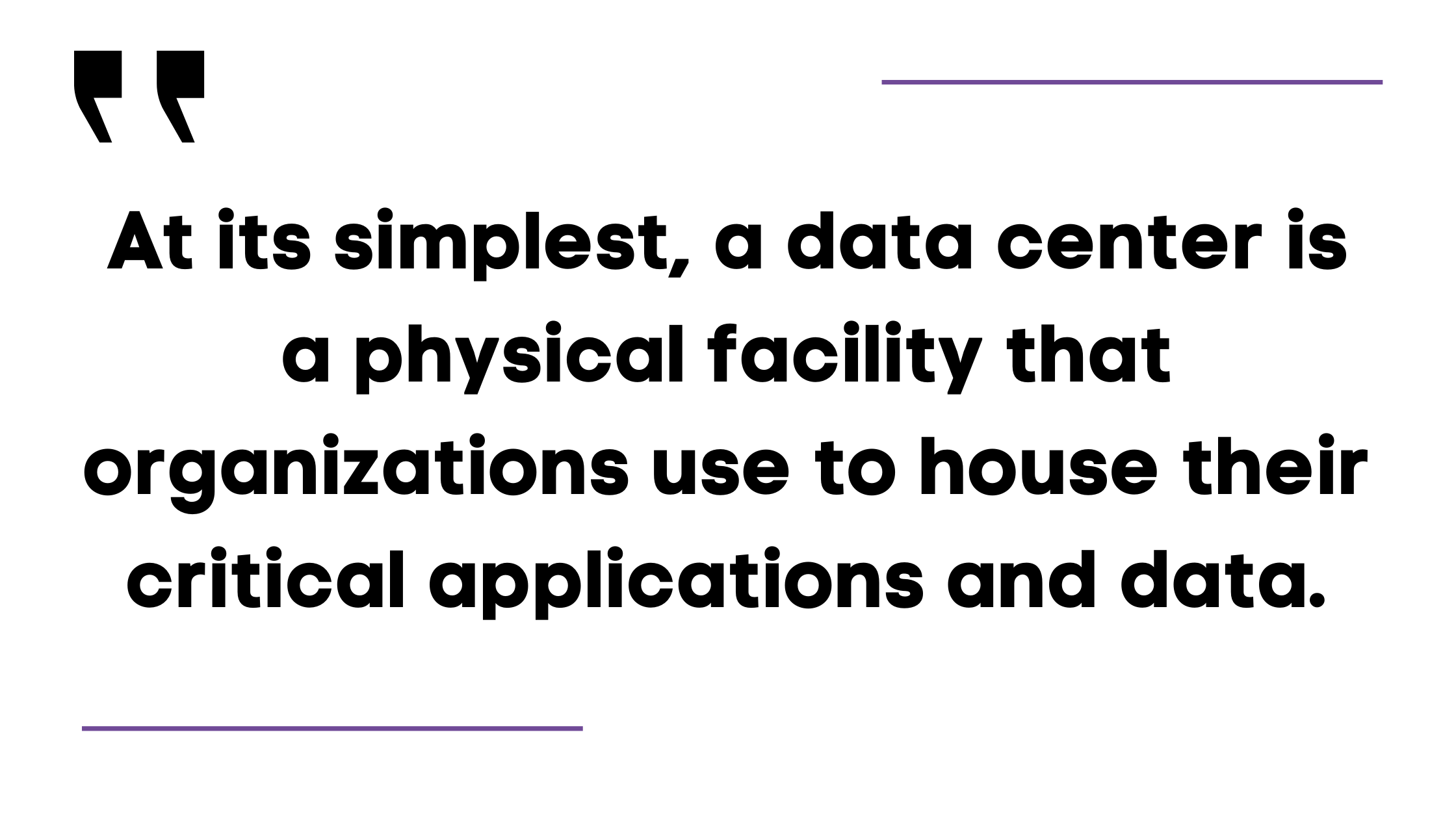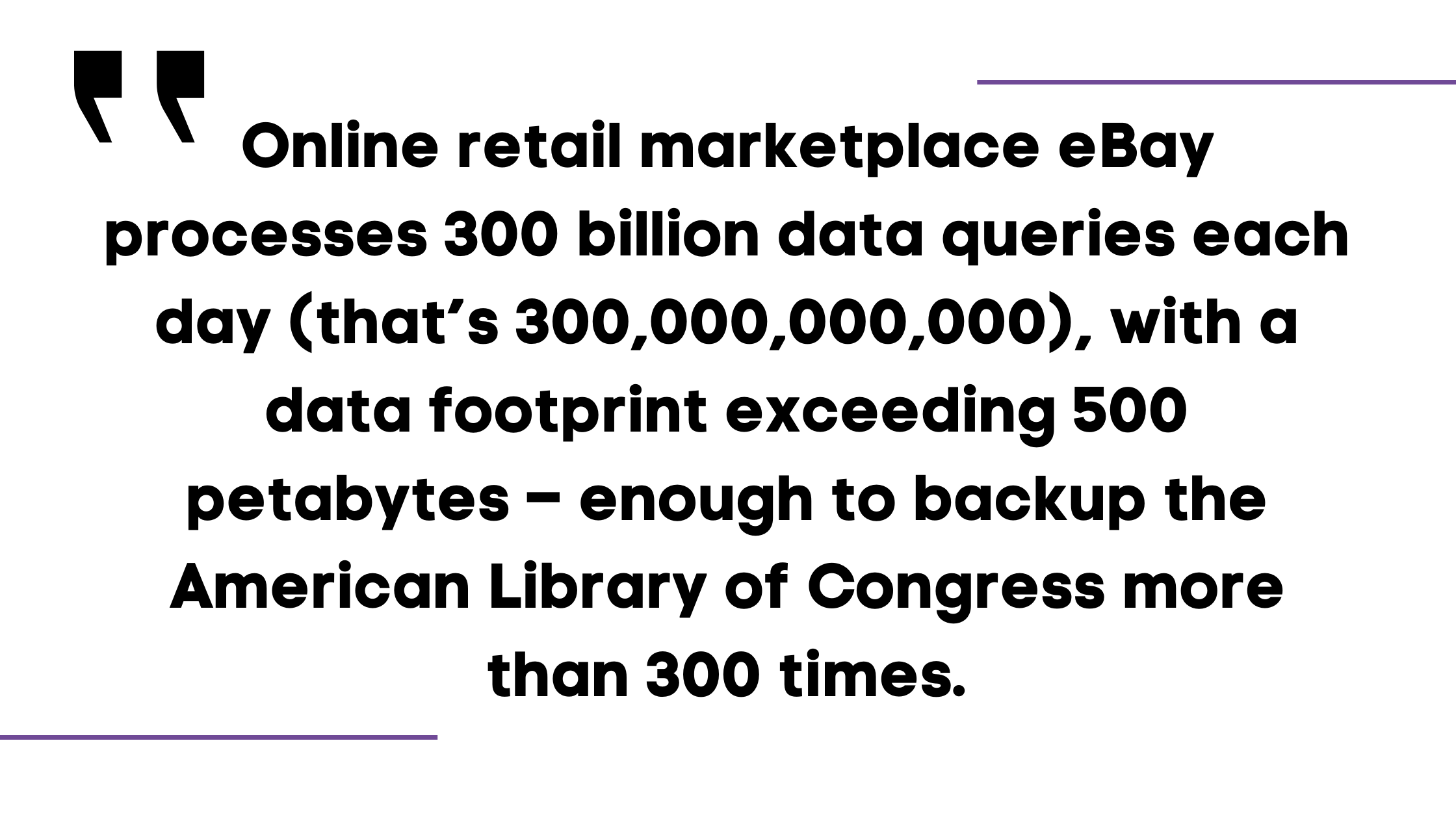All about Data Centers
#TechTuesday on data centers, check it out!
“At its simplest, a data center is a physical facility that organizations use to house their critical applications and data. A data center’s design is based on a network of computing and storage resources that enable the delivery of shared applications and data. The key components of a data center design include routers, switches, firewalls, storage systems, servers, and application delivery controllers. Source.

In the world of data centers, reliability is probably the most important factor. The more reliable you are, the more likely clients are going to want to use you. After all, who wants a data center that isn’t online?
The most universally embraced standard for data center configuration and data center infrastructure is ANSI/TIA-942. It includes criteria for ANSI/TIA-942-ready certification, which ensures compliance with one of four divisions of data center tiers measured for levels of redundancy and fault threshold.
Tier 1: Basic site infrastructure. A Tier 1 data center offers restricted protection against physical events. It has single-capacity elements and a single, non-redundant distribution track. Typically, a Tier 1 data center guarantees 99.671 percent availability and has an average of 28.8 hours of downtime per year.
Tier 2: Redundant-capacity component site infrastructure. This data center offers improved protection against physical events. It has redundant-capacity components and a single, non-redundant distribution path.
Tier 3: Concurrently maintainable site infrastructure. This data center protects against virtually all physical events, providing redundant-capacity components and multiple independent distribution paths. Each component can be removed or replaced without disrupting services to end-users. Tier 3 data center offers the most cost-effective solution for the vast majority of medium to large businesses. It has an expected uptime of 99.982% (1.6 hours of downtime annually). The cost is significantly cheaper than the Tier 4 data centers. Therefore, most companies that require constant online presence / full online operations opt for Tier 3 data centers. CNI currently operates and maintains a Tier 3 data center.
Tier 4: Fault-tolerant site infrastructure. This data center provides the highest levels of fault tolerance and redundancy. Redundant-capacity components and multiple independent distribution paths enable concurrent maintainability and one fault anywhere in the installation without causing downtime. It has an expected uptime of 99.995% (26.3 minutes of downtime annually), only 0.013% higher than a Tier 3 data center.
Tier one data centers have the lowest amount of uptime, and tier four has the highest. The requirements of a data center are progressive in that tier four data centers combine the data center requirements of the first three tiers in addition to the other requirements that classify it as a tier four data center.

However, the question remains. Why do you need a data center? Chances are you have some ideas since you googled this article, but let’s look at some recent stats.
“Online retail marketplace eBay does this all with on-site data centers. However, many local companies don’t have the means or expertise to set up an on-site data center. This is where CNI comes into the picture. Source.
If you want to talk to CNI about your database needs, why don’t you contact us? We’d be happy to help.

